What did Donald Trump tell us outside the White House?
According to the President, tariffs will lead to a boom in the economy, bringing in almost $8 trillion of investment as overseas firms rush to establish factories in the US to feed the market without incurring tariffs.
On that, he is likely to be disappointed. The lesson of previous attempts by presidents – including Trump’s steel and aluminum tariffs in his first term – is that while they help some industries, they tend to have an overall negative effect as they hit manufacturers that need to import foreign goods as parts and raw materials. Even so, I wouldn’t like to bet against the US economy and assume that it will come off worse than others as a result of Trump’s announcement. On the contrary, the US economy remains far more dynamic than that of Europe. It is easier to set up businesses there, to hire, fire and rationalize existing businesses. A trade war requires businesses hastily to rejig their operations to avoid penalties – but US companies are in a better position to do this than are companies operating in Europe.
Britain, at least, has got its trade deal with the US – of sorts. Donald Trump has awarded the UK no exemption from his tariffs. He has let Keir Starmer off lightly, by imposing tariffs of 10 percent on imports from Britain to the US – the lowest he imposed on any country, along with Brazil. The EU, by contrast, has been imposed with a tariff of 20 percent.
Britain has a tangible benefit of Brexit that no one can ignore. Were it still members of the EU, its exporters would be hit much harder than they are being. Given that the US is its single biggest trade partner, that is not an outcome to be sniffed at. Moreover, it is a benefit that should come without cost to its trading relationship with the EU – UK exporters will still be able to send goods to the EU tariff-free, if not free of some of the other frictions on trade, such as biosecurity certificates and associated charges.
Trump’s method has been to try to work out an effective rate of tariffs charged by another country on imports from the US, taking into account official tariffs as well as non-tariff barriers such as the EU’s infamous ban on chlorinated chicken. Then he has come up with a figure roughly half that, that he will now impose on imports to the US from that country. Thus, the EU gets tariffs of 20 percent because he calculates its effective tariff rate on US goods is near 40 percent. This, he claims, is being “kind.” He kept intimating that he could have gone further and replicated the full effective tariffs that are imposed on US exports, but chose not to do so. That does at least hint at a desire to negotiate. He is holding out the prospect that the tariffs he has just imposed could be lowered if other nations agree to lower their tariffs and non-tariff barriers.
Much of the debate this week has focused only on tariffs. Trump is wrong to make out that VAT is a kind of tariff, given that it is imposed on most goods sold in Europe and does not discriminate on grounds of nationality. But Trump has a point when he complains about non-tariff barriers. They are often the far more pernicious barriers to free trade. They are often disguised as health and safety rules and yet have little justification – the chlorinated chicken ban is a prime example, given that Europeans happily eat salads washed in chlorine. While the World Trade Organization takes a dim view of non-tariff barriers, they persist, and in some cases far outweigh tariffs themselves.
Trouble is, though, the US is itself an offender in this respect. The World Integrated Trade Solution, a software program provided by the World Bank, calculates the effective rate imposed by non-tariff barriers. For wood imported to the US, for example, the tariff is less than 1 percent. Non-tariff barriers, on the other hand, are an effective 35 percent. In the case of machinery and electrical goods, the tariff is 1 per cent, but the effective rate of non-tariff barriers is over 70 percent. Trump did not mention anything about deconstructing non-tariff barriers imposed by the US.
The stage has, however, finally been set. The markets will respond.













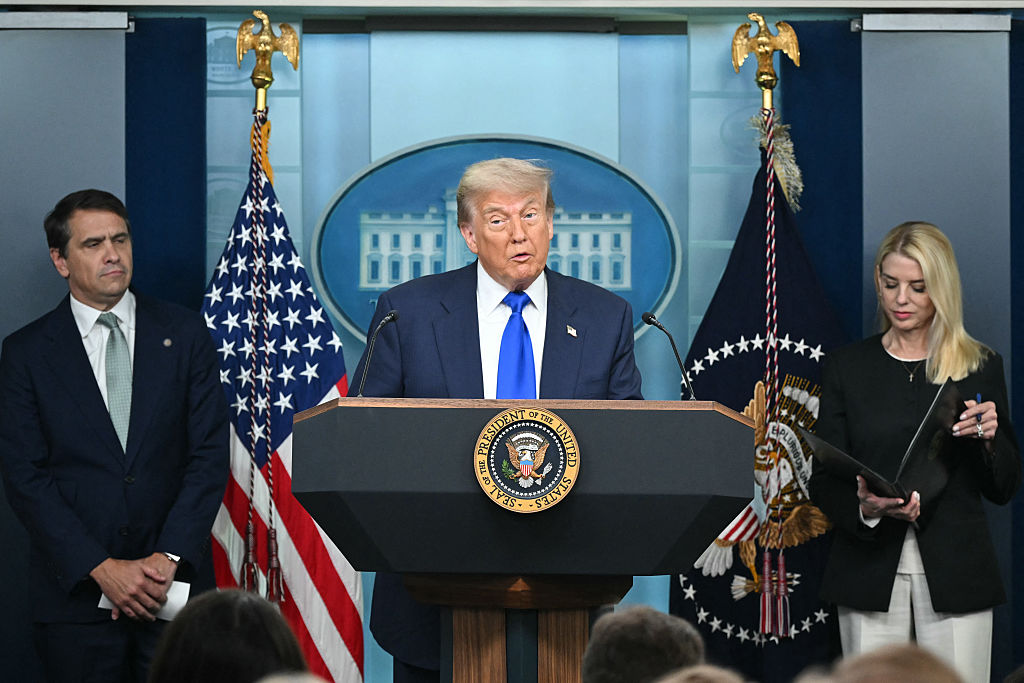


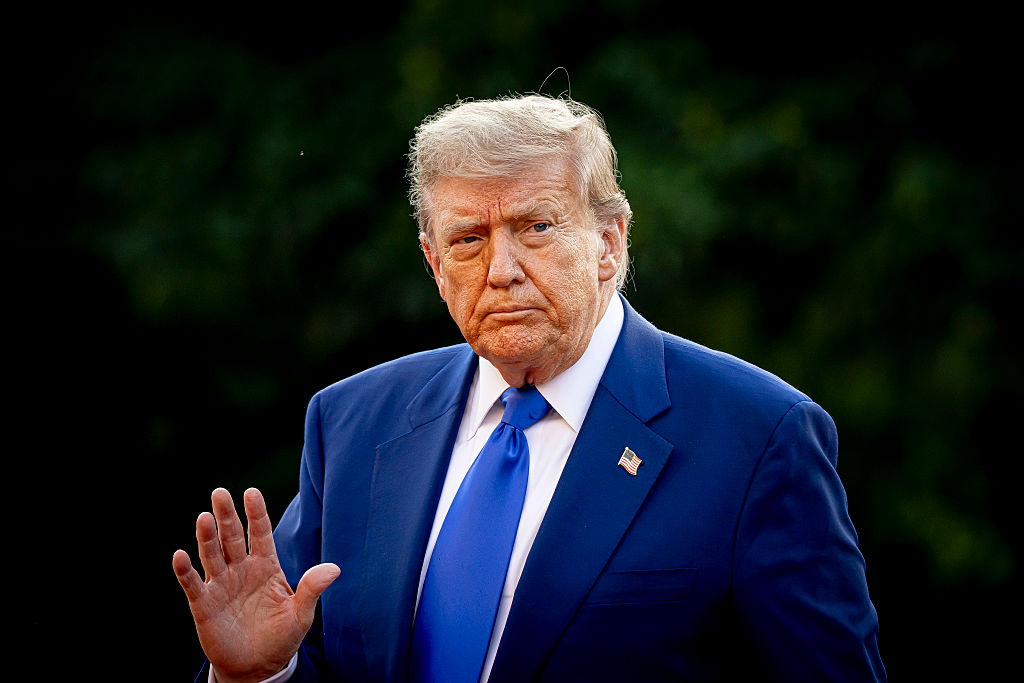
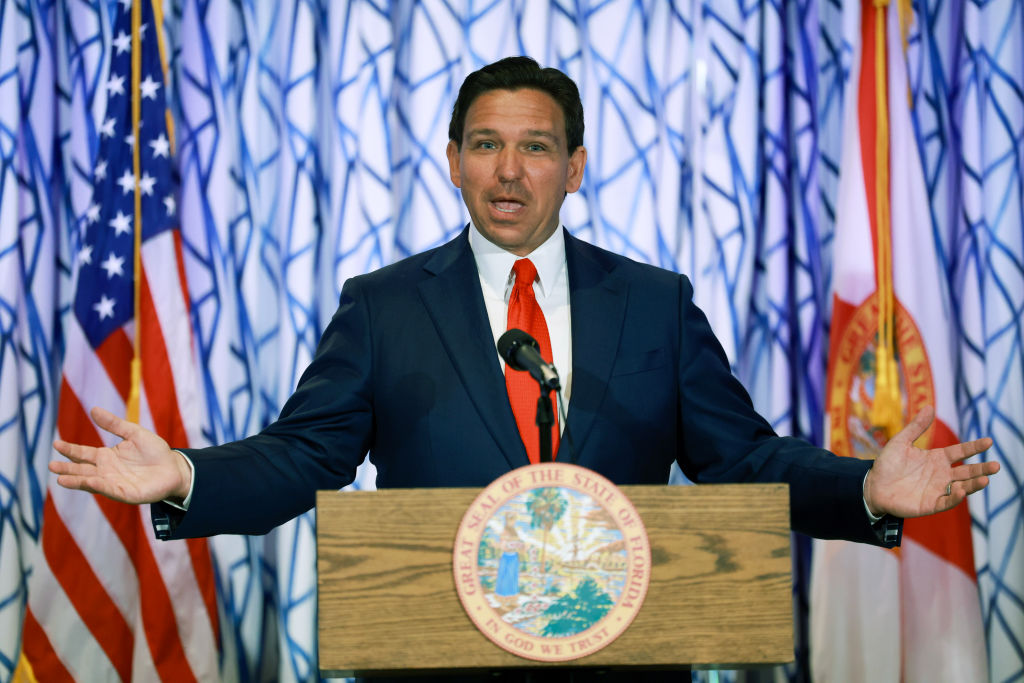
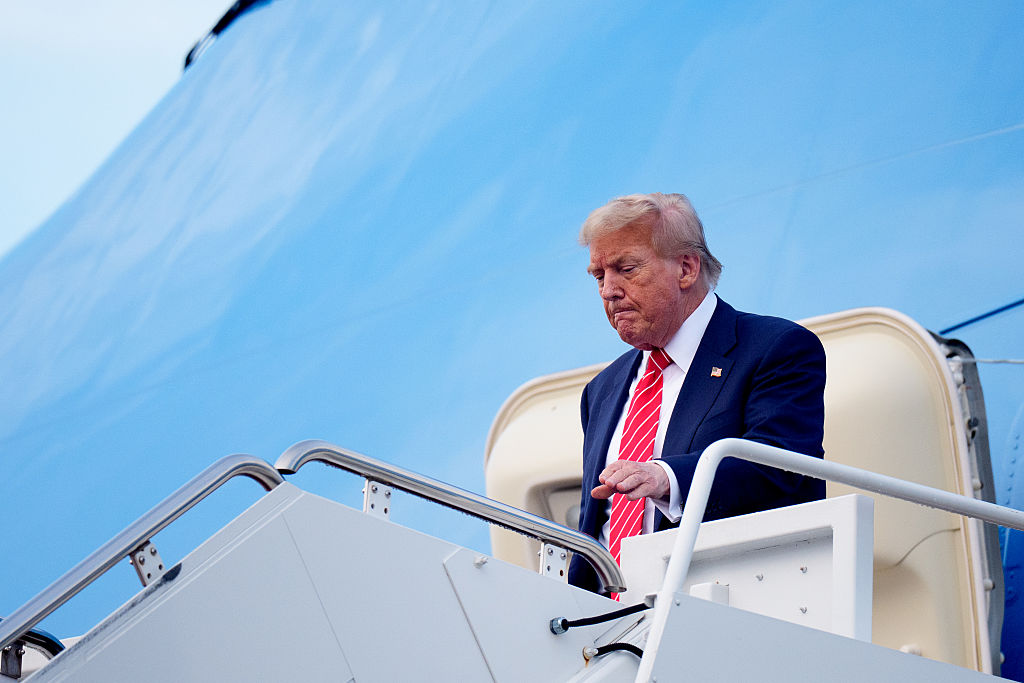

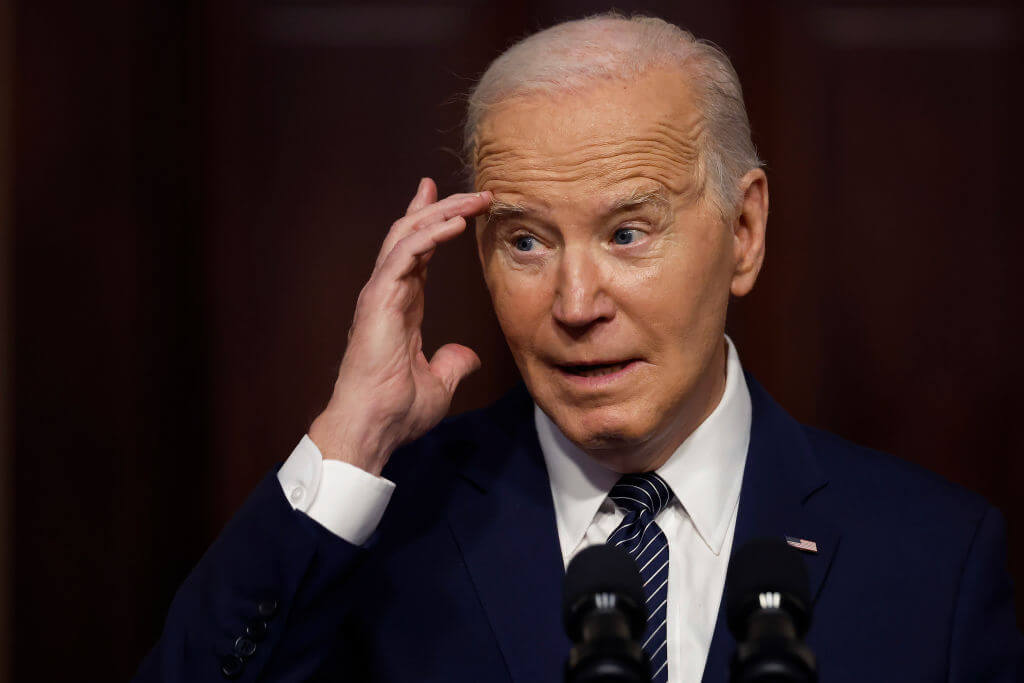



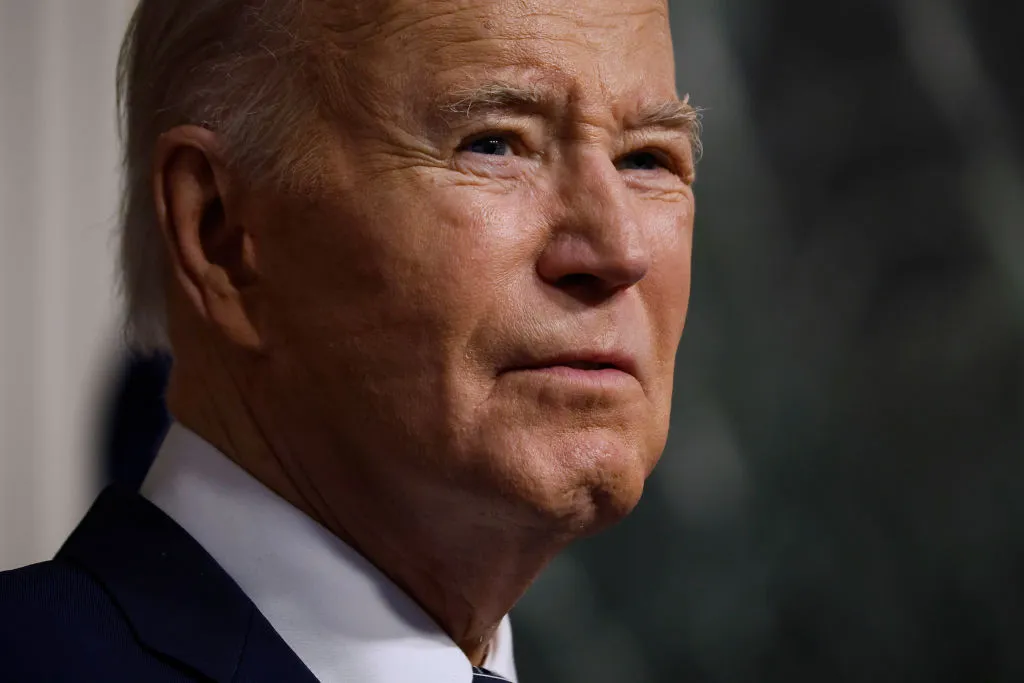

Leave a Reply